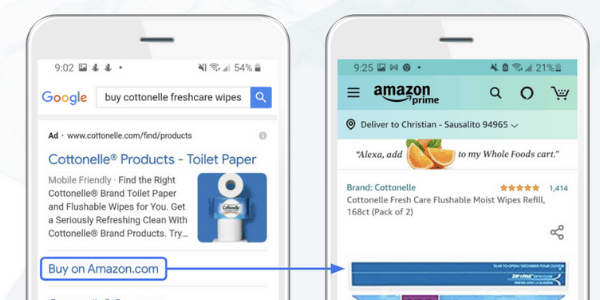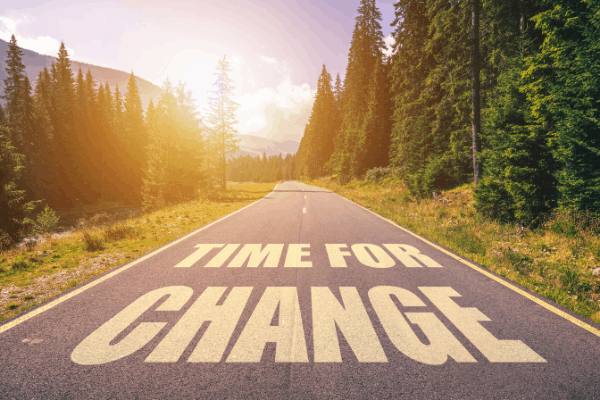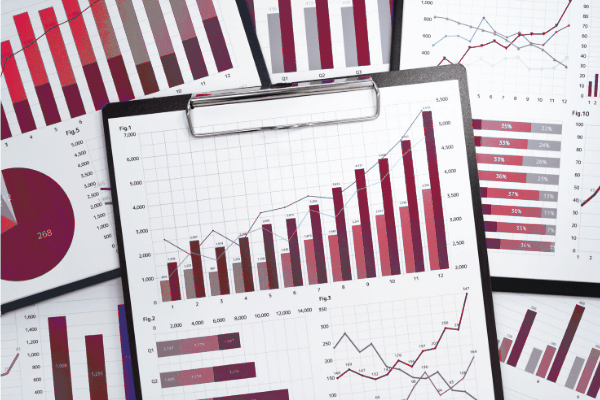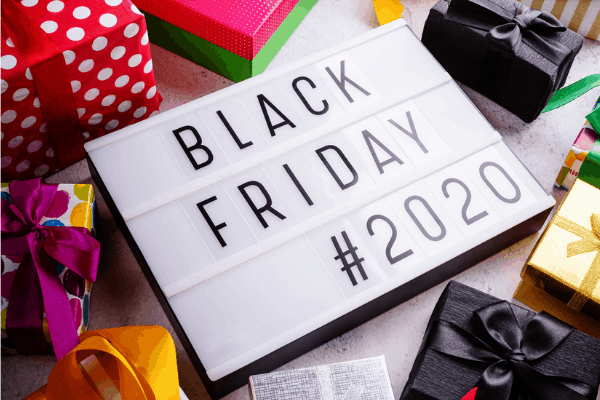Consumer shopping behavior varies from Digital to Traditional Shoppers regarding their goals and expectations. Younger, Digital Consumers seek personalization and technology over promotions whereas the Traditional, older generation values true savings.
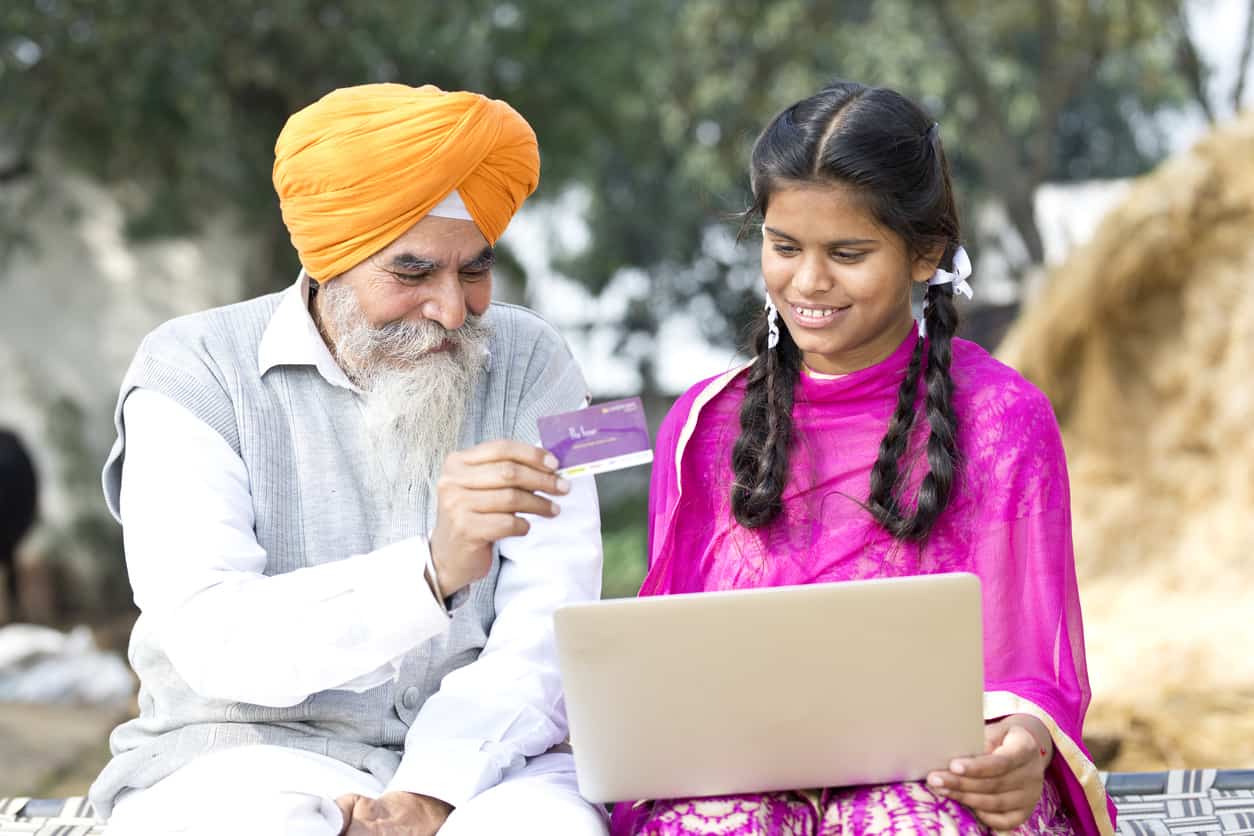
Over the past decade, consumer shopping behavior has shifted significantly, as is evident with the demise of many brick and mortar favorites. From losing Blockbuster to Amazon nearly decimating strip malls across the country – shopping has gone digital. The age of online consumption has ushered in its own set of behavioral adaptations, with people expecting immediate results and refined experiences that continue to evolve for faster, better services and offerings.
A recent study by BRP Consulting, ‘Consumer Shopping Habits – The Generation Gap’, highlights consumer generational differences. The report examines the results from a survey conducted on two groups:
- Digital Consumers: 18 to 37 years old
- Traditional Consumers: 38+ years old
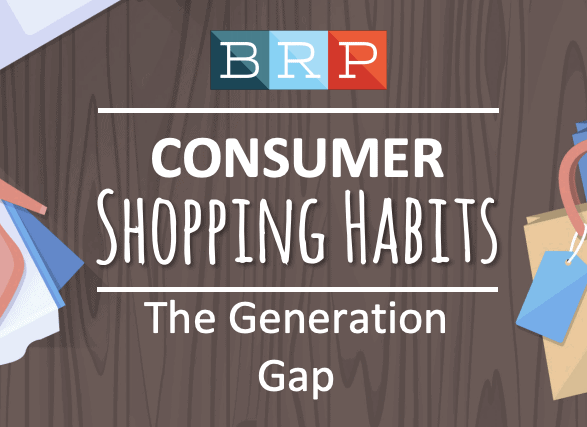
The report tracks the consumer shopping behavior differences between the two groups in terms of how they research, purchase, transact, and comment socially regarding their purchases.
Research Phase of the Funnel
With the abundance of information, reviews, and ratings available today, consumers can robustly research products in advance of purchase. According to the study, 97% of Digital Consumers and 90% of Traditional Consumers do online research before they visit a store and Amazon Prime is a juggernaut and will have over 140 million worldwide members this year.
Digital Consumers are more likely to research customer reviews vs. Traditional Consumers who look for special offers and coupons. In the search for knowledge, the younger generation leverages consumer opinions to build their shopping list while the older generation compiles pricing comparisons.
 Purchase Process and Expectations
Purchase Process and Expectations
Once consumers are ready to purchase, they show unique attributes when it comes to shopping.

Digital Consumers look for personalization while Traditional Consumers focus on availability. In terms of technology as an enabler, 71% of the younger generation like the option of automated pick-up and return processes while 41% of the older generation say that automated pick-up processes may be nice, but not necessary.
Transaction & Delivery
This part of the process is where the Digital Consumer outweighs the Traditional Consumer in their affinity for technology. Regarding the likelihood of a consumer selecting a store based on the checkout technology, the younger generation—being more comfortable with automation—stated they would be 75% more likely to choose a retailer with self-checkout vs 45% than their older counterparts.
In terms of delivery, the younger age group appreciates the efficiency with 77% more likely to choose a store with same day delivery whereas 60% of the older age group would make this a key selection criterion. Traditional Consumers index a bit higher than Digital Consumers when it comes to free delivery because they are more cost-conscious.

Social Satisfaction
Consumer shopping behavior also impacts the way people turn to social platforms to express their opinions on almost every interaction these days. Retailers should tap into social sentiment to monitor, engage with, and improve upon customer service.
According to the BRP Survey, 61% of shoppers between 18 – 37 years old will share a positive experience on social media whereas consumers 38+ are only 29% likely. When it comes to a negative experience, 56% of Digital Consumers turn to social platforms to vent while just 27% of Traditional Consumers post grievances. The study calls out a great point that nearly two-thirds of ALL shoppers stated that they would stop shopping at a retailer altogether after a bad experience.
Key Takeaways About Consumer Shopping Behavior for Retail Marketers
Whether your key demographic skews younger or older, the lesson to be learned lies in analytics. If your audience falls into the 18 – 37-year-old bucket, they want you to know them—their likes, dislikes, and past purchase behavior—to customize their experience. If your shoppers are part of the 38+ crowd, you should also leverage data to know what and when they purchase goods to anticipate their needs so you have what they’re looking for in stock and you offer them savings.
Keep in mind, Digital Consumers appreciate automation and technology to enjoy a smooth purchasing process. If you’re more focused on the Traditional Consumers, ensure you provide optimal customer support, inventory and promotions to build brand loyalty in a digital world with lots of options.

 Purchase Process and Expectations
Purchase Process and Expectations